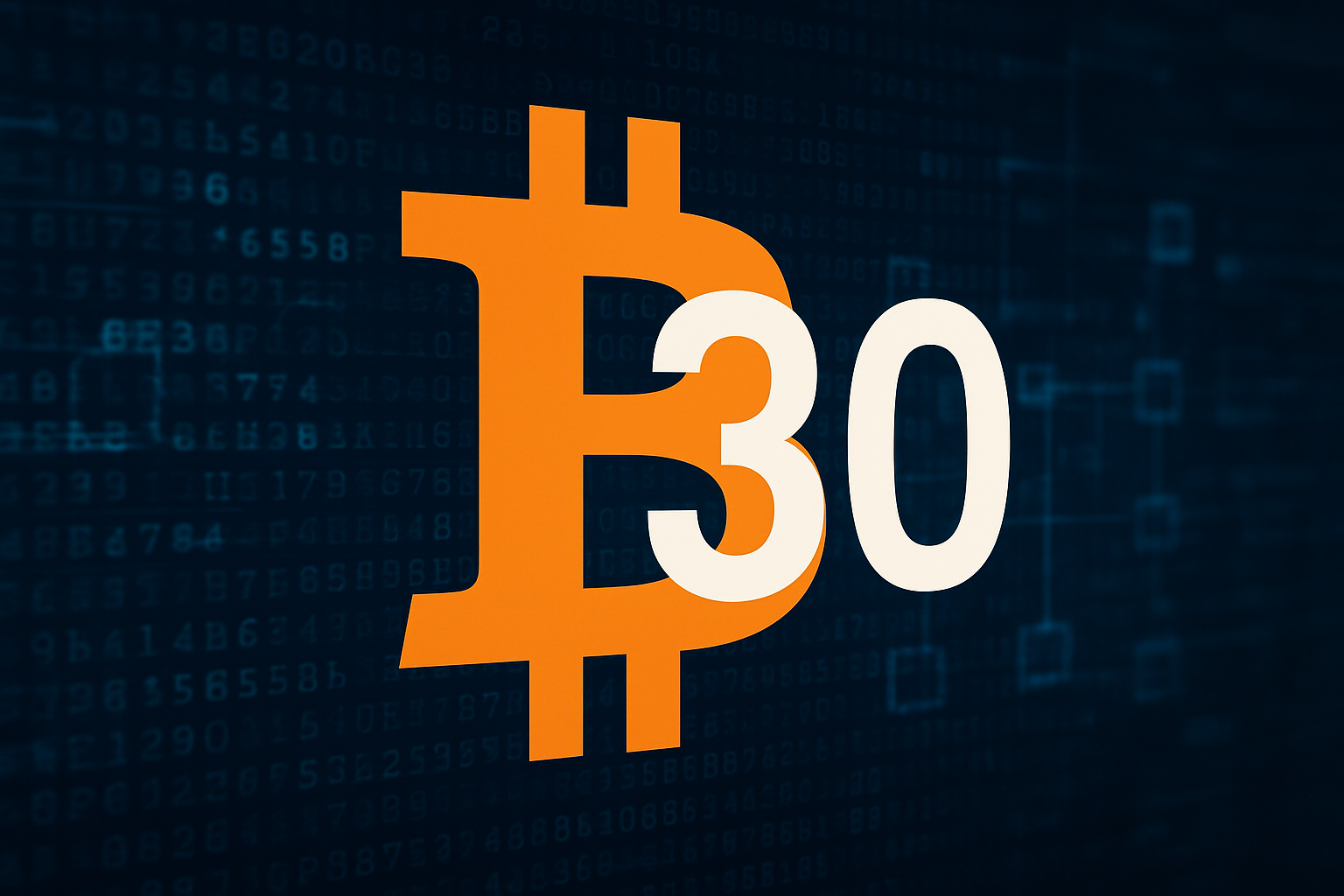Bitcoin Core Version 30 Released Expanding OP_RETURN Limit Sparking Debate

Core developers unveiled version 30.0 over the weekend, marking a significant step forward for the software that powers the Bitcoin network. This update focuses on refining node architecture to improve usability and introducing measures to bolster performance and security. Node operators now have access to tools that streamline interactions with the Bitcoin blockchain, while underlying tweaks aim to make the system more robust against potential vulnerabilities.
One of the standout modifications involves the OP_RETURN data carrier size, where the default limit has risen from 80 bytes to 100,000 bytes. This adjustment allows transactions to embed substantially more non-financial information, such as metadata for decentralized applications. Developers also enabled support for multiple OP_RETURN outputs per transaction, with the size cap applied across all such elements combined.
Stay In The Loop and Never Miss Important Crypto News
Sign up and be the first to know when we publishCommunity Divides Over Network Evolution
The expansion of the OP_RETURN limit has ignited passionate discussions across the Bitcoin community. Proponents argue that it opens doors for innovative uses, like embedding richer data for protocols such as Ordinals and BRC-20, which could foster growth in data-intensive projects built on Bitcoin. Figures like Adam Back have voiced support, emphasizing that the change aligns with long-standing standards and includes essential security patches to keep the network secure.
On the other side, critics express deep reservations about the potential for increased spam. They point out that larger data payloads could drive up transaction fees and strain node resources, diverting Bitcoin from its core role as a peer-to-peer electronic cash system. Concerns also extend to legal risks for node runners, as the policy might inadvertently facilitate the distribution of harmful content without the protections afforded to traditional telecoms.
Luke Dashjr, a Core developer, has highlighted how the update could amplify vulnerabilities to unwanted data, urging users to consider alternatives like his alternative software he maintains called Bitcoin Knots, which includes strict filters. Community members on social media have echoed these worries, with some labeling the shift as a step toward unnecessary complexity that undermines Bitcoin’s simplicity. Others counter that node operators retain the option to revert the limit via configuration, preserving flexibility for those who prioritize a leaner network.
Beyond the debate, the new version 30.0 release addresses several practical needs for users and developers. Versions 27.x and earlier now reach end of life, meaning they will no longer receive updates or patches, a move designed to concentrate efforts on supported releases. Bug fixes target issues like coinstatsindex overflows and RPC validation errors, ensuring smoother operations for wallets and transaction handling.
Performance gains include rate limiting for disk logging to prevent excessive writes during high-activity periods, alongside caps on memory parameters for 32-bit systems. The transaction orphanage received stronger denial-of-service protections, adjusting limits based on unique entries and total weight to better handle incoming data from peers. Fee rate defaults have shifted lower, with the minimum block feerate dropping to 0.001 satoshis per virtual byte, though widespread adoption remains uncertain.
A new unified Bitcoin command-line tool simplifies access to features, acting as a gateway to bitcoind, bitcoin-qt, and bitcoin-cli without adding new functionality. Experimental support for an IPC mining interface allows connections via Unix sockets for block template requests, appealing to advanced mining setups. Wallet users will notice the deprecation of legacy Berkeley DB formats, pushing toward descriptor wallets for better security and compatibility.
Graphical interface updates bring Bitcoin Core in line with modern standards, including migration to Qt 6 and dark mode availability on Windows. P2P network enhancements improve package relay for complex transaction topologies, while proxy settings now support per-network configurations for finer control. These changes collectively aim to make running a node more efficient and accessible, even as the community navigates the tensions around data policies.
As adoption of version 30.0 unfolds, community members will track how it influences network behavior and user choices. Developers continue to refine backports for older versions where feasible, balancing security needs with the desire for stability. The release underscores Bitcoin’s ongoing evolution, where technical progress intersects with philosophical questions about the network’s boundaries.

